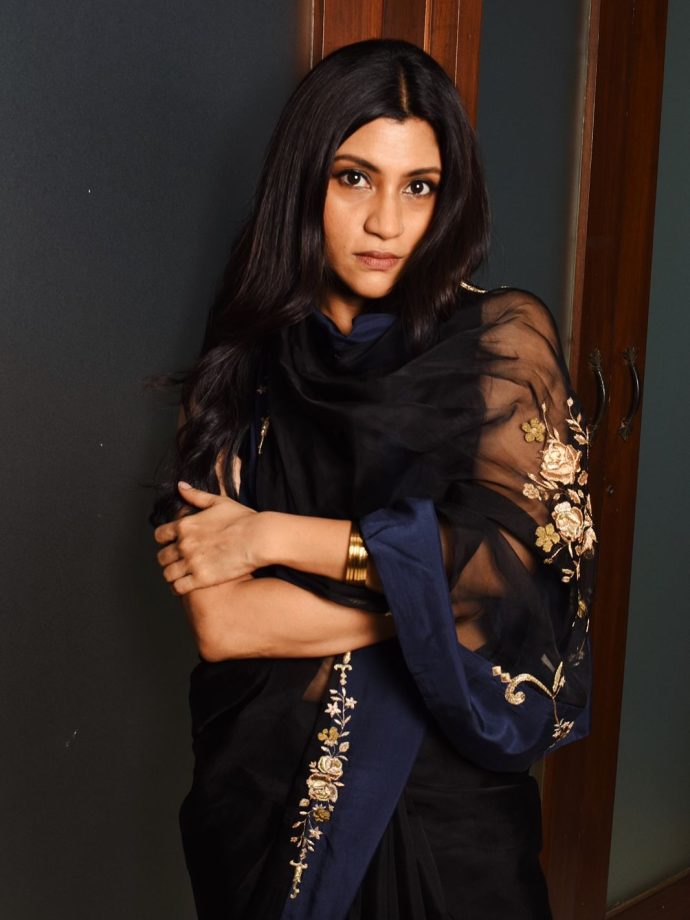Labelling Konkona Sen Sharma is futile; she’s far too fluid for that. She’s not simply an actor, not just a director, and certainly not a star in the traditional, billboard sense of the word. What she is, is an atmosphere. A presence. A simmering undercurrent of intelligence and grace that fills a frame without needing to own it.
There’s something deeply disarming about her performances. Whether it’s Meenakshi Iyer navigating communal tension with quiet dignity or the vulnerable, mentally fragile Meethi in 15 Park Avenue, Konkona lets us eavesdrop on life. And therein lies her singular genius: synchronicity.

From her earliest days, making an unpredictable splash in Ek Je Achhe Kanya, to holding the weight in Rituparno Ghosh’s Titli, Konkona displayed what few actors even come close to. We see her inhabiting characters.
She showed it again, perhaps most famously, in Mr. and Mrs. Iyer, a film that hinged entirely on the internal transformation of a character. The dialect, the body language, the frightened conviction—it was all so lived-in that you forgot you were watching a performance.

It continued with Page 3, Omkara, Wake Up Sid, and Luck By Chance, each character different in background and tone, and yet united by Konkona’s authenticity. She subtly suggests emotional gestures. A glance here, a pause there, enough to destabilise the audience. It’s minimalist in the truest sense: no frills, no noise, just truth.
But to box her only as a great actor is to overlook another layer, her intuition as a storyteller. With A Death in the Gunj, Konkona stepped behind the camera and delivered a masterstroke of sensitivity. She painted loneliness not in bold strokes but with smudges of detail, the sort that sticks to you long after the film ends. It’s clear that the same inner compass that guides her performances also directs her filmmaking, quietly powerful, never performative.
Her film choices aren’t guided by commercial agendas. They’re personal, political, and refreshingly feminine. Whether it was standing tall in Lipstick Under My Burkha or taking the lesser-explored narrative of Talvar and lending it a human edge, Konkona has constantly asked more of cinema: more honesty, more nuance, more silence.
And even in ensemble films like Life in a… Metro or its spiritual sequel Metro… In Dino, she stands out not by demanding attention, but by earning it. Effortlessly.
Perhaps that’s the answer to why she’s so good. She doesn’t manufacture moments. She simply listens to them, honours them, and lets them unfazed. Nowadays we see an obsession with visibility, and there she chooses invisibility of ego. That’s her power.
And that’s why Konkona Sen Sharma remains one of Indian cinema’s most quietly radical forces.

